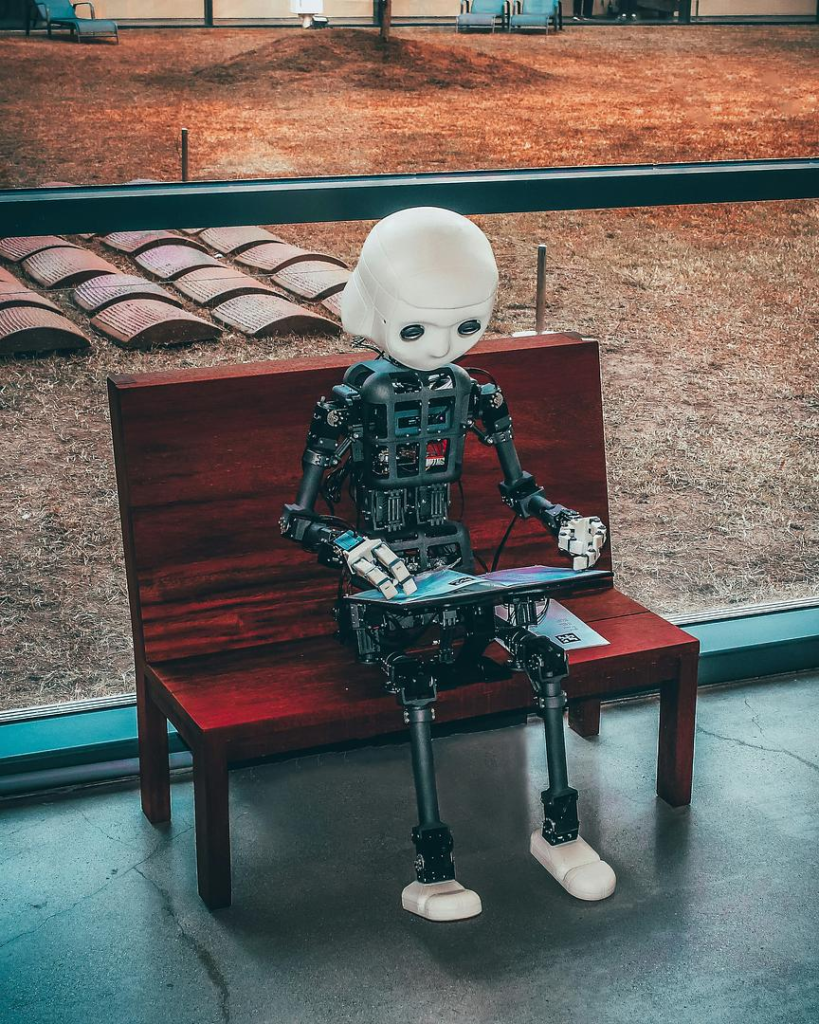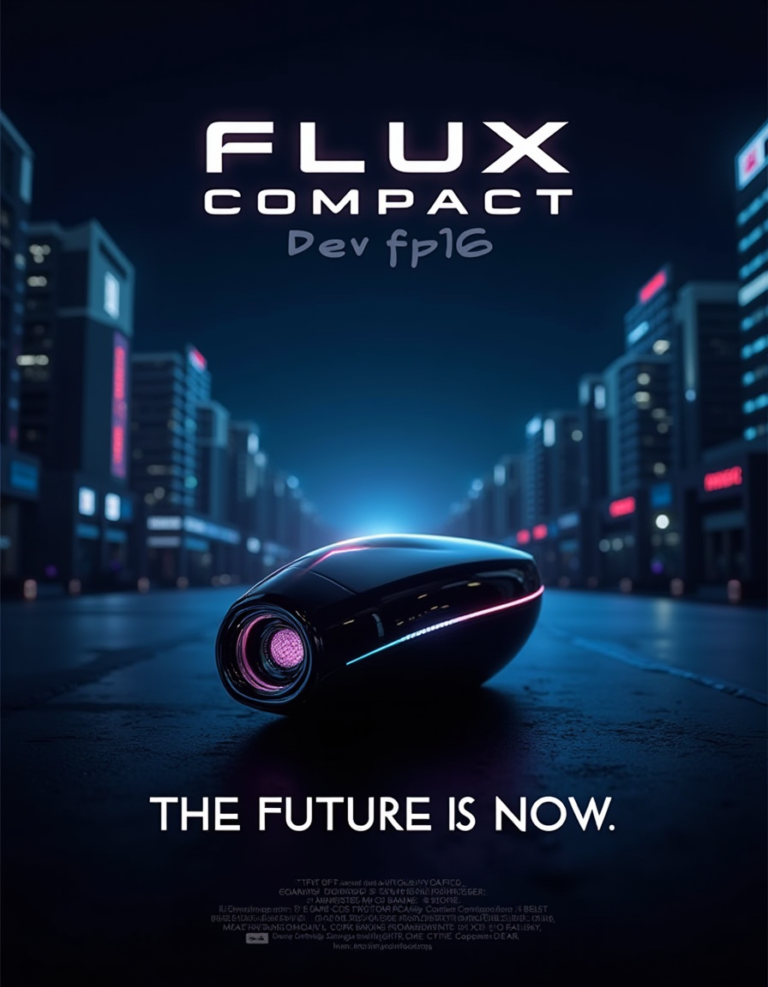
In recent years, the realm of image generation has witnessed a seismic shift, propelled by the rise of open-source artificial intelligence (AI) models. These innovative tools have unlocked unprecedented possibilities for creators, developers, and businesses alike, democratizing access to cutting-edge technologies that were once the exclusive domain of tech giants.
Open-source AI models have become the driving force behind a new era of visual creativity, empowering individuals and organizations to generate stunning, high-quality images with remarkable efficiency. By leveraging the power of deep learning and vast datasets, these models are revolutionizing the way we approach image creation, opening up a world of opportunities for diverse applications across industries.
As we explore the transformative impact of open-source AI on image generation, it becomes clear that this is not merely a technological advancement, but a paradigm shift that is reshaping the landscape of visual content creation. From enhancing creative workflows to pushing the boundaries of scientific visualization, the influence of open-source AI models is far-reaching and profound.
The Rise of Open Source AI in Image Generation
Democratizing Access to Cutting-Edge Technologies
Open-source AI models have emerged as a game-changer in the field of image generation, making advanced capabilities accessible to a wider audience. Projects like DALL-E Mini have brought the power of AI-driven image creation into the hands of developers and creators worldwide, enabling them to generate diverse, high-quality visuals without the need for extensive resources or technical expertise.
The open-source nature of these tools has fostered a vibrant community of collaborators, driving innovation and rapid advancements in the field. By sharing knowledge, code, and datasets, developers can build upon existing models, refine techniques, and push the boundaries of what’s possible with AI-generated imagery. This collaborative spirit has accelerated the pace of progress, leading to more sophisticated and versatile image generation capabilities.
Empowering Creators and Driving Innovation
One of the most significant impacts of open-source AI in image generation is its ability to level the playing field. No longer are cutting-edge tools confined to the labs of tech giants; instead, they are freely available to creators, startups, and businesses of all sizes. This democratization of AI technology has unleashed a wave of creativity, enabling individuals to bring their unique visions to life and explore new frontiers in visual storytelling.
Open-source AI models have become a catalyst for innovation, inspiring creators to push the limits of their imagination. From generating photorealistic images to crafting surreal and abstract visuals, these tools have expanded the creative palette, offering endless possibilities for experimentation and expression. By lowering the barriers to entry, open-source AI has empowered a diverse range of creators, fostering a more inclusive and vibrant visual landscape.
Moreover, the open-source community’s collaborative nature ensures that these models are continuously evolving and improving. Developers and researchers actively contribute to refining existing architectures, optimizing performance, and addressing challenges such as bias and fairness. This iterative process of development and refinement leads to more robust, reliable, and ethically sound image generation models that can better serve the needs of creators and businesses alike.
How Open Source AI Models Work
Training on Vast Datasets
Open-source AI models in image generation rely on comprehensive data collections for training. These expansive datasets, consisting of a multitude of images, provide the variety needed for models to grasp a wide array of visual intricacies. By encountering diverse imagery, the models enhance their ability to generate outputs that exhibit both authenticity and artistic nuance. This process involves a systematic refinement where the AI iteratively learns to replicate the subtleties of the visuals it processes.
Throughout training, the models undergo repetitive cycles of image creation and evaluation, honing their ability to produce more lifelike results. This involves fine-tuning their parameters to better capture the essence of the input data. As a result, the models develop a capability to generate images that not only emulate reality but also reflect a broad spectrum of visual styles and contexts.
Harnessing the Power of Deep Learning
The core of open-source image generation models is rooted in sophisticated deep learning frameworks like Generative Adversarial Networks (GANs) and Variational Autoencoders (VAEs). GANs consist of dual networks—each playing a distinct role in crafting and assessing images. The generator strives to produce convincing images, while the discriminator evaluates them, fostering a continuous improvement loop that refines image authenticity.
Conversely, VAEs facilitate image creation through encoding and decoding mechanisms. They translate input data into a latent space and reconstruct it, enabling the exploration of novel image variations. This approach provides a flexible platform for generating a diverse range of visual outputs, tailored to the creator’s intent.
Ongoing advancements in deep learning research continually enhance these models’ capabilities. Improved architectures and optimization strategies have led to significant strides in image fidelity and variety, ensuring that open-source models remain at the forefront of innovation in AI-powered visual content creation.
Applications and Impact of Open Source Image Generation
Enhancing Creative Industries
The adoption of open-source AI models in creative sectors signals a transformative shift in visual content production. Graphic designers and illustrators now have access to tools that significantly accelerate the creative process, enabling the swift generation and refinement of visual concepts. This capability allows artists to explore a broader range of creative possibilities, overcoming previous constraints related to time and technical resources.
In the realm of advertising, these AI-driven tools enhance the creative workflow by enabling rapid iteration and the exploration of diverse design options. This efficiency not only elevates the quality of visual content but also supports the development of more personalized and engaging marketing strategies. By utilizing AI-assisted tools, designers can engage in more exploratory practices, resulting in innovative content that captivates audiences and aligns with dynamic market demands.
Advancing Scientific Visualization and Research
Beyond creative fields, open-source image generation models are making significant inroads into scientific visualization and research. Researchers utilize these models to craft detailed simulations and comprehensive data visualizations, offering novel insights into complex scientific issues. These visual tools aid in simplifying intricate scientific ideas, making them more comprehensible to both academic peers and the general public.
AI-generated images facilitate interdisciplinary collaboration by providing a shared visual framework that transcends traditional disciplinary boundaries. This capability is pivotal in generating hypothetical models and conducting visual experiments, which can lead to new scientific discoveries. Whether depicting the nuances of biological processes or modeling environmental changes, open-source image generation tools are essential for advancing scientific exploration.
Ethical Considerations and Responsible Use
As open-source AI models for image generation become more prevalent, addressing ethical concerns and promoting responsible use is crucial. Ensuring that AI-generated images are clearly identified as such helps maintain transparency and prevents potential misuse. This clarity is vital for upholding trust within digital media.
It is incumbent upon developers and users to be aware of biases that may arise from training data, working diligently to create more inclusive and representative image generation models. This entails a concerted effort to identify and mitigate any biases present in the data. Collaborative initiatives within the AI community are essential for establishing ethical standards and best practices, fostering an environment where technology enriches creativity while aligning with ethical and societal norms.
The Future of Open Source AI in Image Creation
Continued Advancements and Innovations
The evolution of open-source AI models in image creation is set to usher in an era of groundbreaking developments. These models promise to enhance the complexity and variety of image generation, driving forward the capabilities of AI in crafting visual content. This progress is propelled by a global network of dedicated researchers and engineers who continually explore the horizons of AI-generated imagery, seeking to unlock new levels of creativity and functionality.
Fueled by open collaboration, these advancements are characterized by swift development cycles and bold experimentation. Each leap in capability not only refines existing methodologies but also lays the groundwork for innovative applications. The collective efforts of the community are instrumental in ensuring that AI image generation remains at the forefront of technological evolution, continuously setting new standards for quality and efficiency.
Integration with Other Technologies
The future trajectory of open-source AI in image creation will increasingly involve synergy with other technological domains. This convergence will facilitate more cohesive interactions across content types, enhancing the integration of text, audio, and visual elements. For example, merging image generation with advancements in natural language processing will enable the creation of visuals that are more contextually aware and responsive to nuanced inputs.
Further, the integration with computer vision and dynamic media technologies will broaden the scope of creative possibilities. Models that unify image and video generation will revolutionize storytelling and digital communication, offering novel avenues for artistic and practical applications. This convergence will not only elevate the utility of AI models but also extend their influence across various sectors, from media to education.
Shaping the Future of Visual Content Creation
Open-source AI models are poised to redefine the landscape of visual content creation. As these technologies achieve greater sophistication and broader adoption, they will catalyze transformation across multiple industries, fostering a democratized approach to creativity and inspiring new artistic practices. The inherent transparency and accessibility of open-source models ensure these potent tools serve a wide range of users, from small enterprises to major corporations.
The stewardship of the open-source community will be crucial in guiding this transformative journey. By upholding principles of shared innovation and ethical development, the community will shape the trajectory of AI image generation technologies, aligning them with societal and ethical standards. This cooperative spirit will not only sustain the momentum of progress but also ensure that the advantages of AI in image creation are widely shared, supporting a more inclusive and imaginative digital environment.
As we look to the future, the potential of open-source AI models in revolutionizing image generation is boundless. By harnessing the power of collaborative innovation and ethical development, we can unlock new frontiers in visual creativity and shape a more inclusive, imaginative digital landscape. If you’re ready to embark on this exciting journey and explore the possibilities of AI-powered image generation, we invite you to Explore and start generating images with us today.




